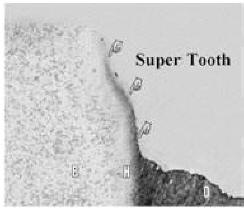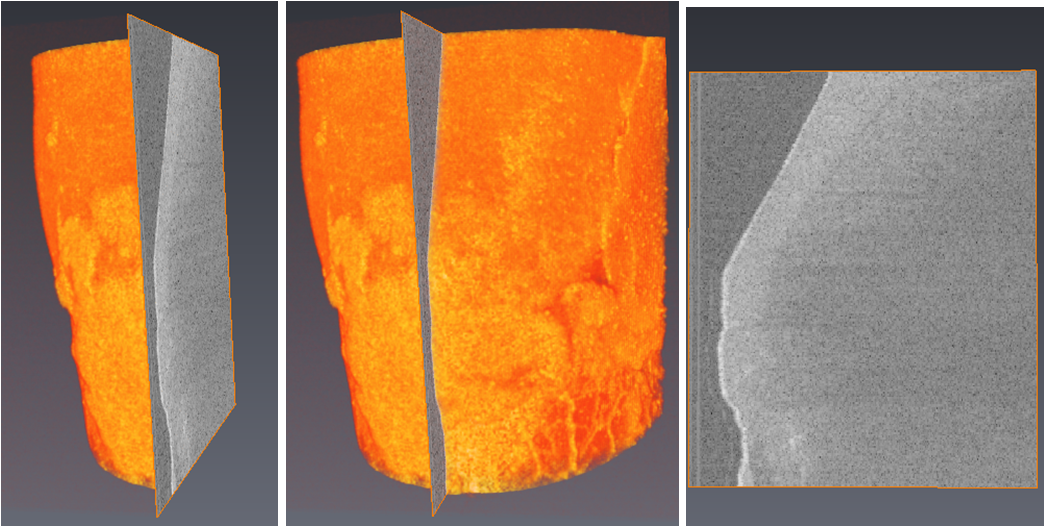Introduction
Super Tooth
Optical Coherence Tomography
Global Center of
Excellence Program
International Research Center for Molecular Science in Tooth and Bone
Diseases
Department
of Cariology and Operative Dentistry
The JSPS funded Global COE program provides support for the research centers to perform at the highest point of global excellence, in order to promote the international competitiveness of the Japanese universities. The program is aimed at enhancing the education and research functions of graduate schools, to foster highly creative young researchers who will go on to become world leaders in their respective fields through experiencing and practicing research of the highest world standard.
Following the successful COE program, the new proposal by Tokyo Medical and Dental University was selected at the top of Japanese medical schools to establish the International Research Center for Molecular Sciences in Tooth and Bone Diseases. Professor Masaki Noda is the program leader; Professor Junji Tagami is a contributing member and the head of Cariology and Operative Dentistry Department.
The research activities of the department are focused on the concept-in-action of "Super Tooth".
Super dentin maybe defines as a reinforced and modified dentin with superior resistance against caries activity. Super dentin is considered essential for minimal invasive treatments. The reinforcement may be achieved by remineralization using calcium-phosphates, increased acid-resistance of Hydroxyapatite by fluoride, protection of HAp crystals against acid, protection of organic matrix against enzymatic biodegradation, and regeneration of organic matrix by substituent ingredients.
 Much
has been contributed to the concept of adhesion in the past decade, in
terms of chemical reactions where exchange of ions occur between the
adhesive and substrate at the bonding interface.
Much
has been contributed to the concept of adhesion in the past decade, in
terms of chemical reactions where exchange of ions occur between the
adhesive and substrate at the bonding interface.
More recent developments suggest that in self-etching primer adhesive
systems, a mineral-rich acid-base resistant zone may form under the
classic hybrid layer of resin impregnated hypomineralized dentin. It has
been suggested that resin monomers may penetrate and wrap hydroxyapatite
particles below the hybrid layer. The properties of this zone depend on
the composition of the adhesive material used. Hypothetically, “super
dentin”, a modified dentin with superior resistance against caries
activity, could be created by the use of self-etching adhesive resins.
Such structure should be able to prevent occurrence or recurrence of
caries. Conceptually, novel strategies should be developed for
dental caries treatment where the preserved caries-affected dentin and
even inactivated infected parts could be transformed “reinforced” into
super dentin. In this regard, the formation of an outer lesion around
such a restoration involving this dentin would not be referred to as
secondary caries, but as primary caries.
GCOE 1st International Symposium: Strategies to Create the Super Tooth
Optical Coherence Tomography is an emerging technique for non destructive cross-sectional imaging and monitoring of biological tissues. One concentration point of our GCOE research team is on the Swept Source Optical Coherence Tomography. In this regard, we are trying to develop analytical techniques suitable for different purposes;

-Demineralization research
As a diagnostic tool, the potential of SS-OCT for detection
demineralized lesions of enamel and dentin is now under investigation.
-Restoration assessment
Optical contrast of structures can be particularly considered as an
advantage for detection of gaps and defects within restorative materials
or cracks and other defect in hard tissues, on 2D and 3D scans.
-Real-time tomography
We are presenting very interesting results on real time tomographic
imaging capability of SS-OCT. For decades, dental researchers have been
discussing the effects of polymerization shrinkage of methacrylate-based
resin composites, solely based on assumptions or indirect measurements.
OCT now enables real-time cross-sectional visualization of the changes
in the complex, surface displacement, shrinkage direction, tissue
deformation and gap generation during this procedure.
-Development
In order to take advantage of this new technique, we are developing
hardware, software and techniques for both research and clinical
purposes. One of our major collaborators is Prof. Yasunori Sumi from
National Center for Geriatrics and Gerodontology.

 © Cariology and
Operative Dentistry
© Cariology and
Operative Dentistry